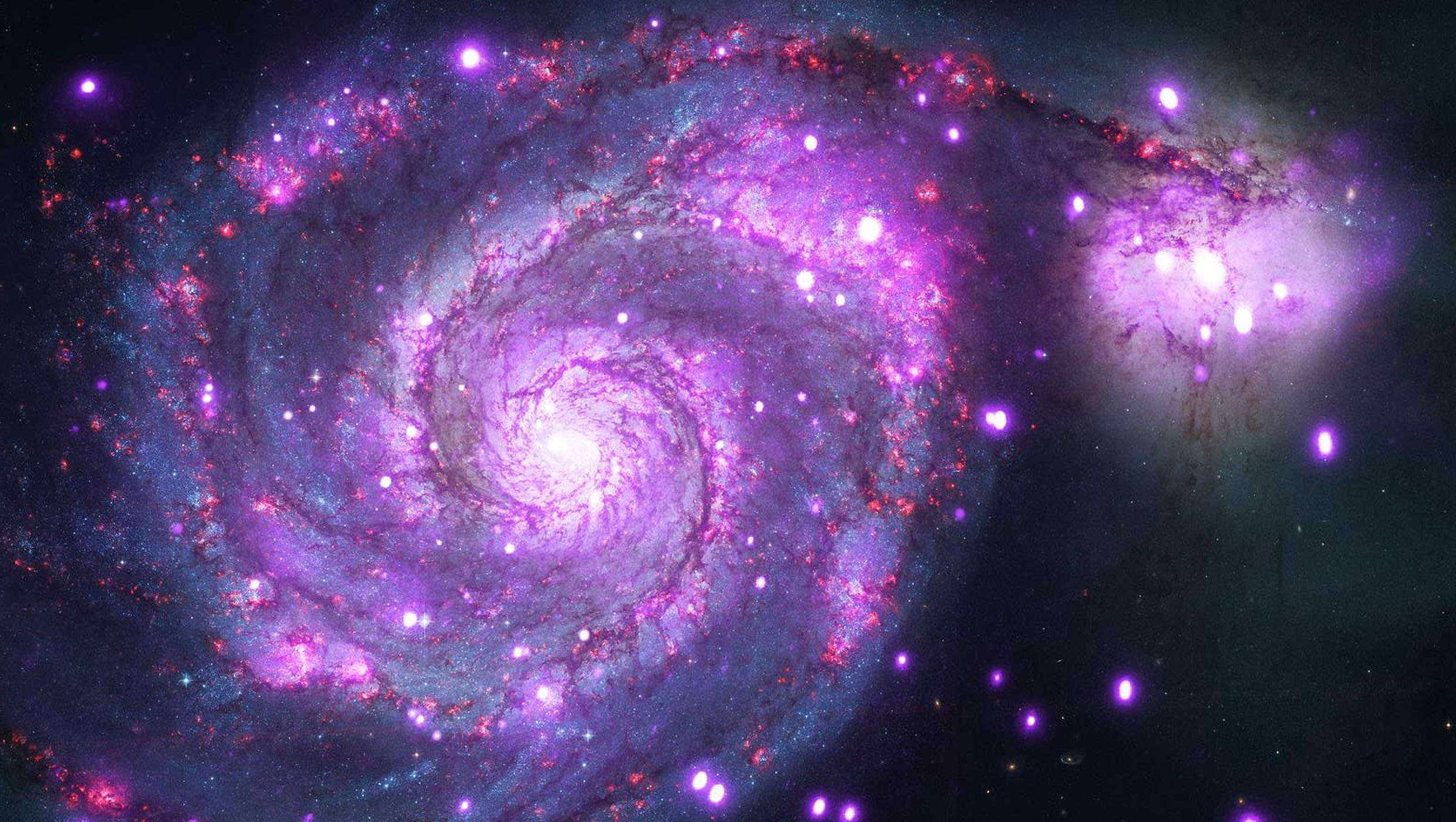Create a free profile to get unlimited access to exclusive videos, sweepstakes, and more!
Is another Tatooine the first planet we know of in a galaxy beyond the Milky Way?

The Milky Way has enough exoplanets to keep TESS busy for years, but can we prove there are even more planets in galaxies far, far away?
No planet tied to an orbit around a star (or stars) in another galaxy has ever been detected, until now. Astronomers did suspect rogue planets were meandering through a galaxy 3 billion light years away back in 2018. However, there was uncertainty in the darkness of space, even though it was lit up by a powerful quasar near that galaxy. Gravitational lensing amplified an object when something warped light. That something was perceived as an object with gravity which caused the energy of X-rays to flicker. It turned out that the only types of objects capable of this were rogue planets that had no orbit, forever wandering space alone. But.
There was never proof of any particular rogue planet found in that distant galaxy. If there were more than one, which was also hypothesized, they may have moved on by now. Astronomer Rosanne Di Stefano and her research team have recently made a stronger case for a planetary candidate in the M51 Whirlpool Galaxy (above) by catching it in transit after observing data sets from the Chandra X-Ray Observatory. That still might not mean what is now called M51-ULS-1b is actually a planet. It could still be a moon or asteroid, though a star was ruled out because the binary stars at the center of its star system are too young for another orb of fire to have formed anywhere near them so soon.
Oh, and since it orbits a binary star system, it probably gets a double sunrise and double sunset like Tatooine.
“M51-ULS-1b is the first planet candidate to be found because it produces a full, short-lived eclipse of a bright [X-ray source],” said Di Stefano, who led a study recently published in High Energy Astrophysical Phenomena.
The reason we hadn’t been able to single out a particular planetary candidate in another galaxy for so long is because most of these galaxies are so far from Earth, and take up so little space from our point of view, that it is nearly impossible to see individual stars, let alone planets. The binary system M51-ULS-1b orbits is thought to be a massive star in a death spiral with a neutron star or black hole that is voraciously devouring it. It releases X-ray luminosity that is a million times brighter than the Sun at an X-ray wavelength or any wavelength. Because an X-ray source this bright is an anomaly in the Whirlpool Galaxy, the intense light of its X-ray emissions made it stand out among surrounding stars.
What is now thought to be a planet around the size of Saturn, orbiting hundreds of millions of miles away, was able to eclipse the blinding X-ray source because it was tiny from that distance. Chandra had imaged the X-ray source just about disappearing and then materializing almost out of nowhere after three hours. It was too short a variation in light for astronomers to bother searching for when that data was first beamed back to Earth, but DiStefano recognized it for what it was when she took a closer look. She was able to rule out other stars because their formation would have been problematic next to stars this young. There is also the possibility of X-ray emissions brightening and dimming erratically on their own, but the Chandra data showed a steady pattern that suggested an eclipse.
“X-ray transits can now be used to discover more planets in external galaxies and also planets orbiting [X-ray sources] inside the Milky Way,” DiStefano said.
Maybe more alien planets from alien galaxies will soon start creeping out of the void.


























